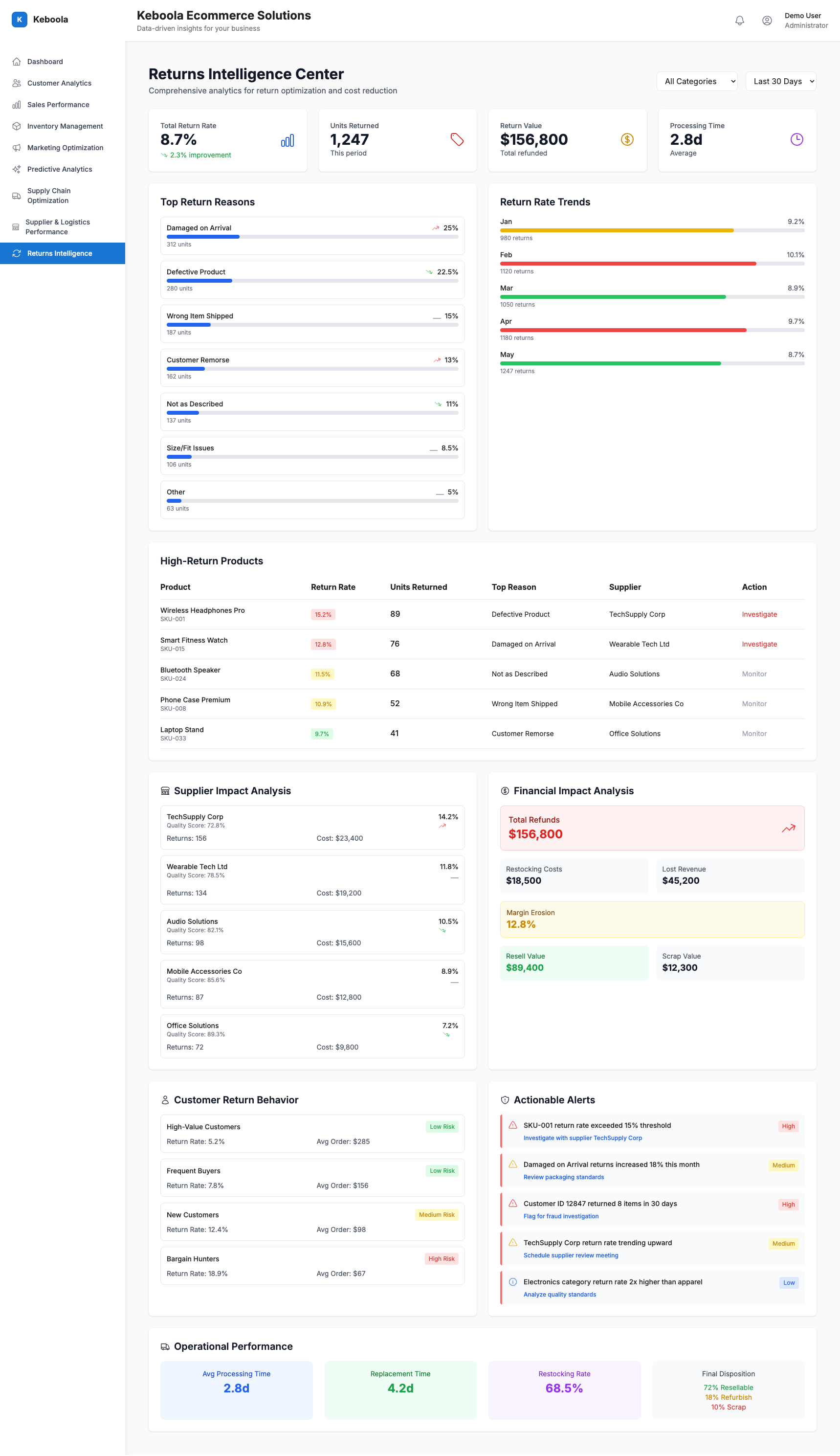Run your data operations on a single, unified platform.
- Easy setup, no data storage required
- Free forever for core features
- Simple expansion with additional credits

Thank you! Your submission has been received!
Oops! Something went wrong while submitting the form.

Thank you! Your submission has been received!
Oops! Something went wrong while submitting the form.
Scenario & Sensitivity Modeling
Model best-case, worst-case, and what-if outcomes at scale—with input from every department.

Scenario planning should be fast, collaborative, and transparent. Keboola enables you to collect assumptions across departments and automatically feed them into structured models. Run multiple simulations side-by-side (base, optimistic, pessimistic), version them, and push results directly to your dashboards. This use case empowers FP&A, strategy teams, and CFOs to make resilient plans with confidence.
Your Challenges
What-if models live in silos. Each team builds disconnected Excel files with no governance.
Lack of input coordination. Ops, sales, and HR aren’t aligned on key assumptions.
High effort, low speed. Building scenarios from scratch each time drains FP&A resources.
No audit trail = no accountability. You can’t see who made what change—or why.
Unique Value
1
Cross-functional assumption collection
via forms, Excel, or UI interfaces with validation and versioning.
2
Run and compare scenarios side-by-side
model base vs upside vs downside with ease.
3
AI-guided scenario suggestions
Generate modeling inputs based on historical performance and trends.
4
Output-ready for BI or Excel
send results to Power BI, Excel, or strategic dashboards.
Example Outputs
[stakeholder] FP&A Analyst
- Scenario-Based Variance %
- Margin Impact Projection
- Staffing Cost Simulation
- Revenue vs Baseline
[stakeholder] Strategy Lead
- Price Elasticity Curves
- Initiative ROI Projection
- Channel Break-Even Points
- Multi-Scenario Comparison
[stakeholder] CFO / Finance Leader
- Cash Runway under Stress
- Return on Invested Capital
- Liquidity Forecast
- Delta from Base to Budget
What systems can you connect?
Why Keboola?

Universal Connectivity
Unify your marketing, sales, and product data across 700+ sources and open APIs. All your systems, finally working together.

Effortless Building & Monitoring
Accelerate delivery and reduce support headaches—Keboola’s MCP streamline integrations, automate data quality, and drive continuous insights, no big teams needed.
%201.svg)
Enterprise Governance & Security
Get peace of mind with enterprise-grade controls, compliance, and transparent data lineage—Keboola is built for the highest security and regulatory standards.

Startup Speed, Enterprise Scale
You don’t need months to launch. Keboola lets you move fast, iterate faster, and scale when you're ready.
Testimonials
No items found.
FAQs
Can we automate scenario refreshes based on live data?
Yes—Keboola can trigger updates as soon as new assumptions or external data points come in.
Can assumptions come from outside finance?
Yes. Inputs can be submitted by other departments via controlled templates or web forms.
Can I track who updated what and when?
Yes—every assumption and change is version-controlled, traceable, and auditable for compliance and transparency.
Related Use Cases
All Use Cases




















